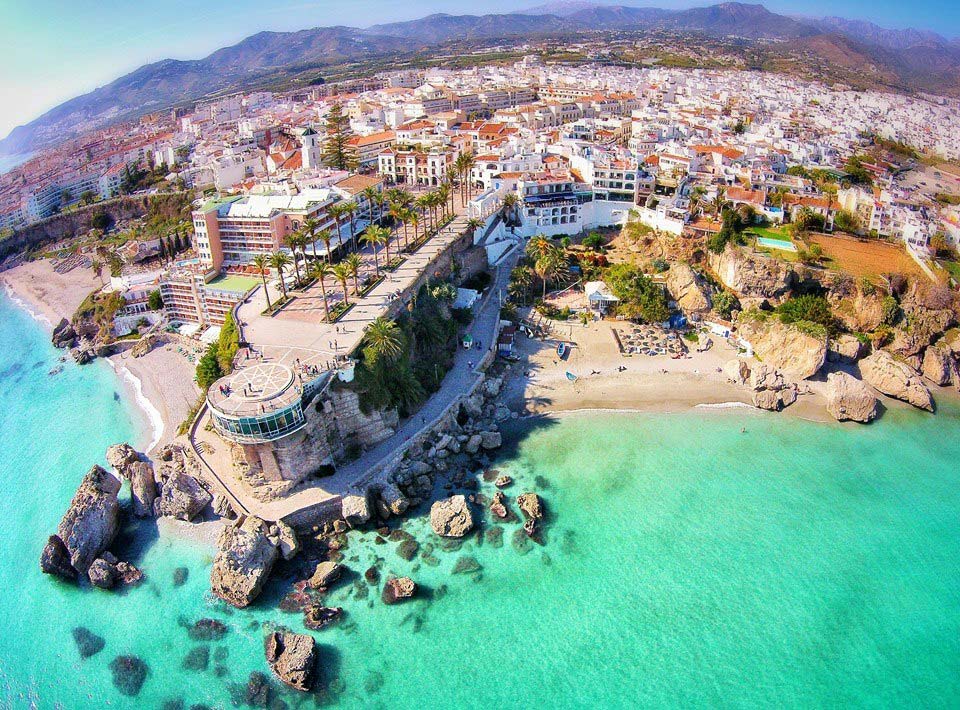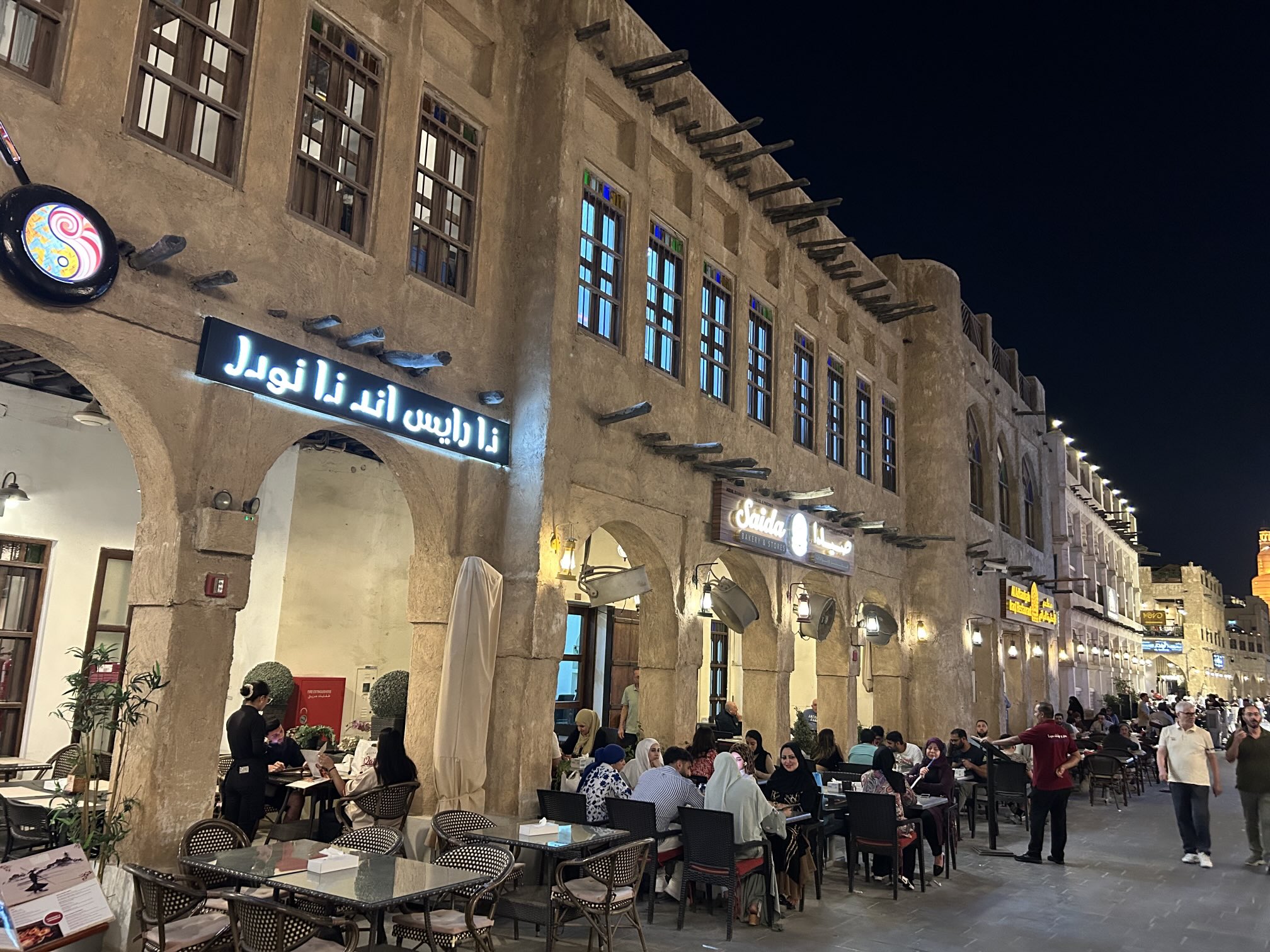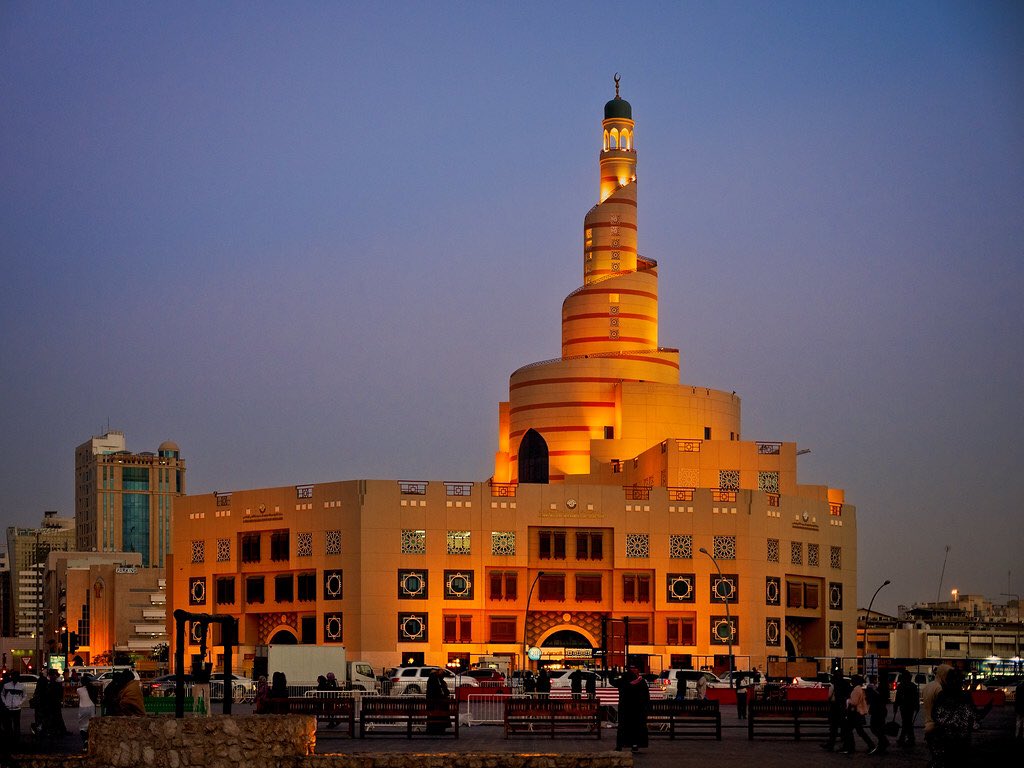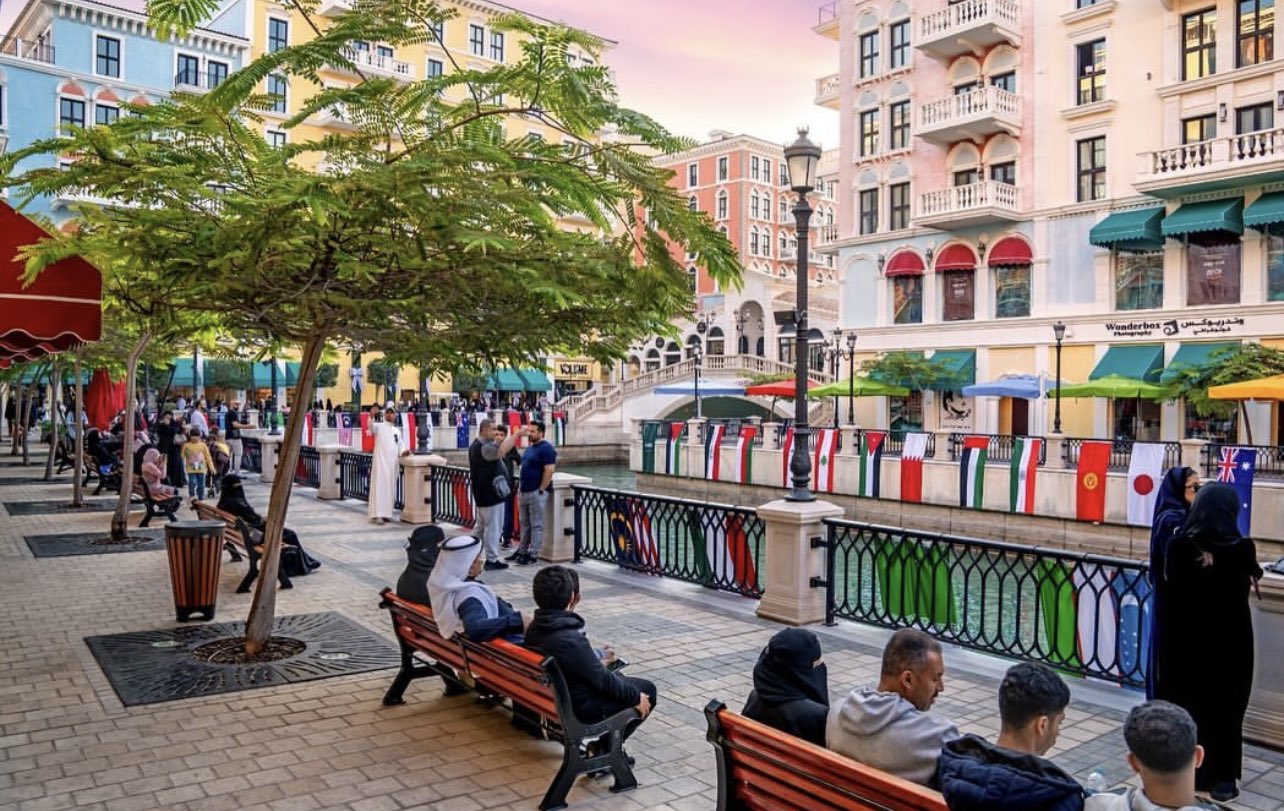
The recent fire incident aboard an Air Busan Airbus A321 at Gimhae International Airport has sent shockwaves through the aviation industry, prompting a widespread reassessment of lithium battery policies across Asia-Pacific airlines.
The incident, which occurred on January 17, 2025, during the boarding process of flight BX8046 bound for Jeju Island, resulted in the emergency evacuation of all 176 individuals on board, including 169 passengers and seven crew members.
Eyewitnesses reported seeing smoke billowing from an overhead compartment, which quickly escalated into visible flames, triggering the plane's fire suppression systems and initiating evacuation protocols.
Preliminary investigations by South Korea's Ministry of Land, Infrastructure and Transport pointed to a malfunctioning power bank as the likely culprit. The lithium-ion battery within the device reportedly suffered from insulation failure, leading to a thermal runaway event that rapidly increased the battery's temperature and caused it to ignite.
This incident has reignited concerns about the safety of portable electronic devices powered by lithium batteries, which have become ubiquitous among air travelers in recent years.
In response to the Air Busan fire, South Korean authorities swiftly implemented new regulations effective March 1, 2025. These measures mandate that passengers must keep power banks and e-cigarettes on their person or in carry-on bags placed under the seat in front of them, rather than in overhead bins.
Additionally, the use of any charging devices during flights has been strictly prohibited. The Korean government has also launched a comprehensive review of existing safety protocols and is considering the implementation of more stringent pre-flight screening procedures for lithium battery-powered devices.
The ripple effects of this incident have extended far beyond South Korea's borders. Airlines across the Asia-Pacific region have been quick to revise their own policies regarding lithium batteries. Thai Airways and AirAsia, for instance, announced new restrictions effective March 15, 2025, which include banning the use of power banks during flights and requiring passengers to declare all lithium battery-powered devices at check-in.
Singapore Airlines has taken a more measured approach, announcing plans to enforce similar restrictions starting April 1, 2025, allowing time for passenger education and staff training.
Taiwanese carriers EVA Air and China Airlines have implemented some of the most stringent measures in the region. Since March 1, 2025, these airlines have completely banned the use of lithium batteries onboard their aircraft. Passengers are required to store all power banks and spare batteries in their carry-on luggage, with strict guidelines on proper packaging to prevent accidental activation or damage.
These carriers have also increased their pre-flight safety briefings to include specific instructions on lithium battery handling.
The incident has sparked a global dialogue on lithium battery safety in aviation. The International Air Transport Association (IATA) has convened a special task force to review current guidelines and develop new recommendations for member airlines.
Similarly, the International Civil Aviation Organization (ICAO) is expediting its review of Technical Instructions for the Safe Transport of Dangerous Goods by Air, with a focus on portable electronic devices.
As the investigation into the Air Busan incident continues, aviation experts are calling for a harmonized approach to lithium battery regulations across the industry. Some have proposed the development of "battery passports" – a system that would track the provenance and safety record of lithium-ion batteries from manufacture to end-use.
Others advocate for the installation of specialized fire containment units in aircraft cabins to mitigate risks associated with battery fires.
The Air Busan fire has undoubtedly marked a turning point in how airlines and regulators approach the challenge of lithium battery safety. As the industry grapples with balancing passenger convenience and safety imperatives, it is clear that the landscape of air travel is set to evolve significantly in the coming months and years.
Passengers can expect to see more stringent checks, clearer guidelines, and potentially new technologies aimed at ensuring their safety in the skies.




















.jpg)







.jpg)












.jpg)







.jpg)










.jpg)




.jpg)
1.jpg)
1.jpg)
2.jpg)
.jpg)
1.jpg)


1.jpg)
.jpg)


1%20(1).png)
.jpg)
















.jpeg)
